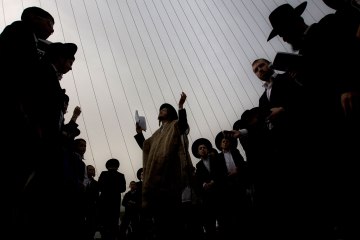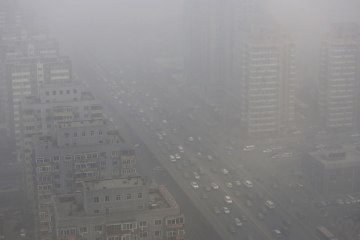In a year as TIME’s Tokyo bureau chief, I never made it to the top of Mt. Fuji. This was an unforgivable oversight on my part. The 12,388-ft. peak, a dormant volcano, is the most iconic location in all of Japan. It’s snow-capped heights are visible in Edo period woodblock prints and in photographs today of modern Tokyo, where on clear days the mountain can still be seen looming over the skyscrapers of the city’s Shinjuku district.
But Japanese don’t just look at Fuji—they climb it. Each year more than 300,000 people make the ascent to the top of the mountain, nearly all of them packed during the official climbing season of July and August. And they don’t do it alone—streams of people climb at night, relying on headlamps to light well-trodden paths to the peak, where they’ll catch the astounding sight of a Fuji sunrise. At times the trail to the top of Fuji can be as crowded as a Tokyo subway station at rush hour, as David Guttenfelder’s photos here show.
The number of climbers is expected to increase now that Mt. Fuji has been named a UNESCO World Heritage site, a status it earned in June. That could be disastrous for the mountain’s already trampled environment and overcrowded facilities. Garbage accumulates at the peak, even though each year 40,000 to 50,000 volunteers pick up trash, with nearly 900 tons collected in preparation for UNESCO’s June vote on Fuji’s status.
Still, it’s impossible to imagine Fuji being closed to climbers, and if I make my way back to Japan, I’ll take a crack at the mountain. Though once will be enough. As the Japanese proverb goes, “He who climbs Mt. Fuji is a wise man; he who climbs twice is a fool.”






